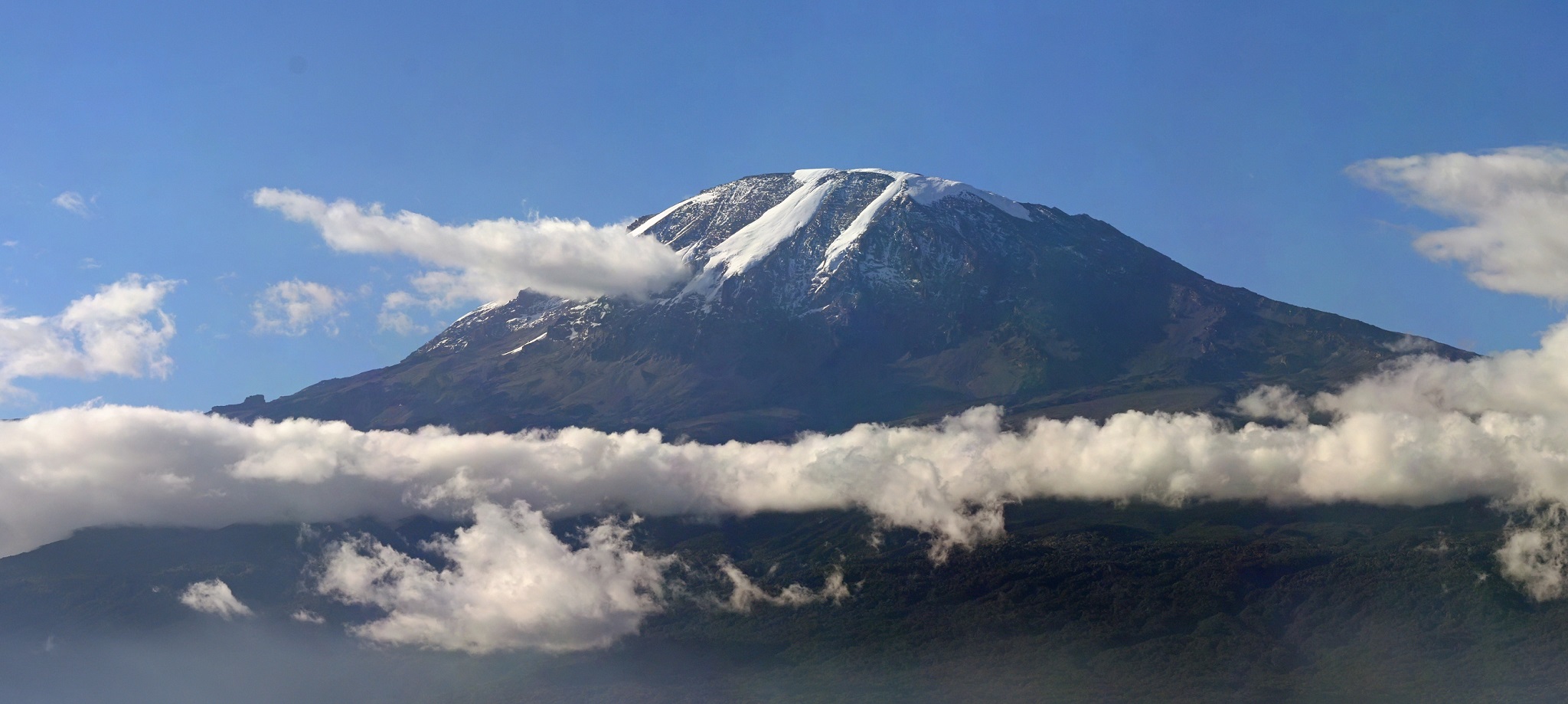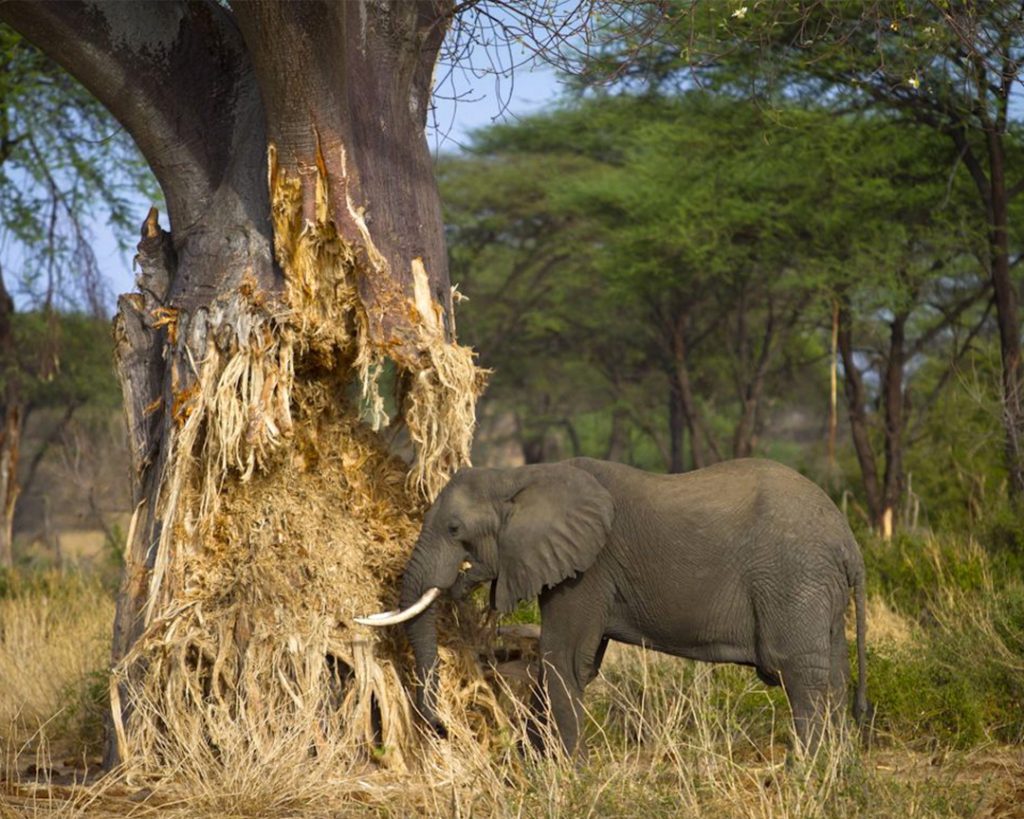The Machame Route is known as the “Whiskey Route” in comparison to Marangu’s “Coca Cola Route”. This is because Machame is a more difficult route, and does not have sleeping huts for accommodation. Machame is the second most popular route on the mountain.
The trek begins in the south-west area of the mountain at Machame Gate. The route takes six days minimum to complete, although seven days is recommended. The descent is down Mweka, on the south-east side of the mountain. Because of the ascent in the west and descent down the north, Machame offers great vistas of Kilimanjaro. Additionally, Machame visits stunning places such as Shira Plateau, Barranco, and Lava Tower.
Machame is ideal for those who want a more difficult climb, and are confident in their ability to hike over extended periods of time on sometimes steep terrain. Climbers using Machame place a premium of varied scenery, but also accept heavy traffic.


